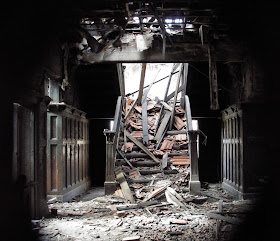The book is ‘The true story of the Maryvale Murders and the Langley family ghost’ written by Rupanyup’s John Henry Ellen.
John was approached by Langley descendant Neil Langley to write the history of his aunt Maria Langley and her daughter Louisa Jane Sugers, who were murdered near the Sheepwash Reserve on what was then Maryvale Station in 1874.
The remains were not found till 10 years later in 1884, and prompted a nation-wide hunt for the murderer, supposed to be Maria's husband Robert Cook.
In the meantime the remains were housed in the stables of the Edenhope police station, here they languished until their presence was raised in the Victorian Parliament in 1917.
The political pressure saw the skeletons conveyed to the cemetery and buried in an unmarked grave.
Now years on the full story from the Langley family's point of view is recorded, including the story that maybe Maria's ghost has appeared to wayfarers.
The story employed family papers, newspaper articles, and provides a historic perspective to describe the times and the environment of the story.
The story employed family papers, newspaper articles, and provides a historic perspective to describe the times and the environment of the story.







.JPG)
.JPG)

.JPG)
.JPG)